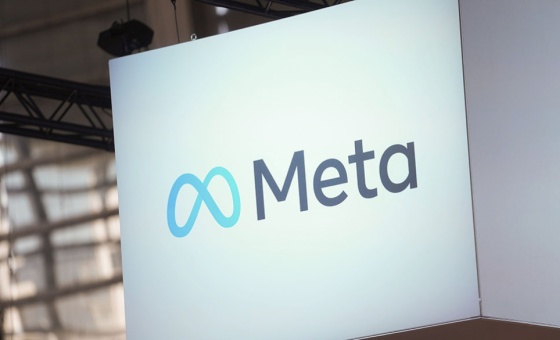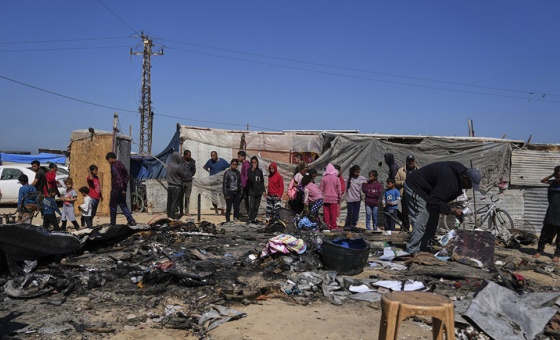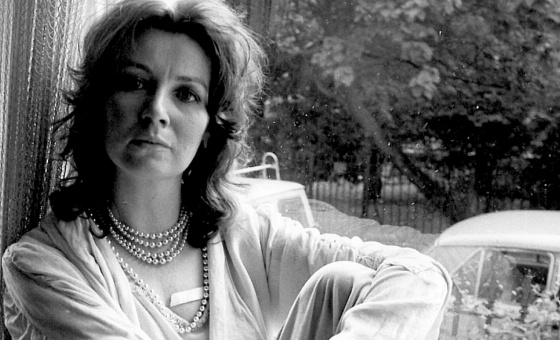This is the last article you can read this month
You can read more article this month
You can read more articles this month
Sorry your limit is up for this month
Reset on:
Please help support the Morning Star by subscribing here
SAMPLES used to determine whether Iran has tried to develop an atomic weapon do stand up to strict standards, UN nuclear agency head Yukiya Amano confirmed yesterday.
The evidence was collected from Parchin where the International Atomic Energy Agency (IAEA) suspected that explosive triggers for atomic weapons might have been tested in the past.
Mr Amano admitted that, while IAEA usually makes its own samples of soil, air and dust from equipment, Iran had insisted on its own experts’ involvement as a condition for any probe of Parchin.
“We feel fully confident that the process and the result so far are fully in line with our safeguards practices,” deputy IAEA director general Tero Varjoranta told a Vienna news conference.
He said that there have been over 40 instances of letting a country being inspected use its own citizens to conduct the sampling and that the process was only a small part of a rigid regimen established by the agency to prevent any cheating.
The criteria at Parchin included video monitoring, GPS tracking of the sampling process, IAEA agreement on where the samples were to be taken, review by unspecified peers of the inspection process, together with risk assessment and strict observance to make sure that procedures were followed step by step.
Iran’s atomic energy agency spokesman Behrouz Kalmandi said that IAEA experts were not physically present during the sampling.
However, Mr Amano insisted that the procedure met strict agency criteria to ensure “the integrity of the sampling process and the authenticity of the samples.”
He was taken on what Iranian media described as a ceremonial tour of the military site on Sunday, where he entered a building that the IAEA had been observing via satellite and saw signs of “recent renovation work.”
The agency has frequently insisted that subsequent renovation work at and near the building could hamper the IAEA probe and Mr Amano reiterated this position yesterday.





